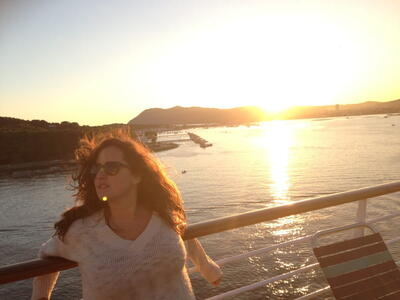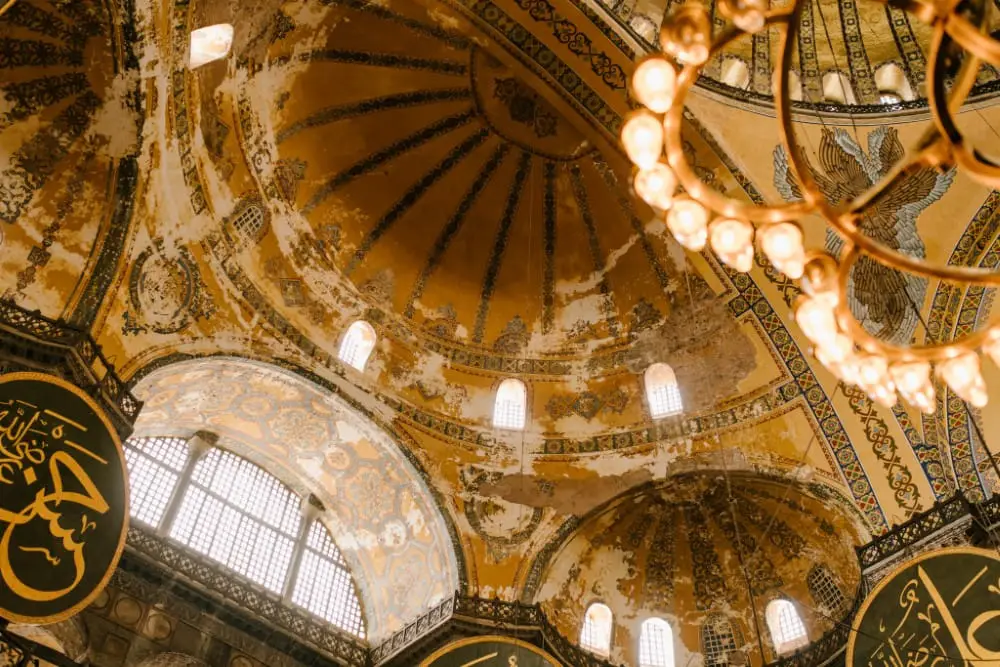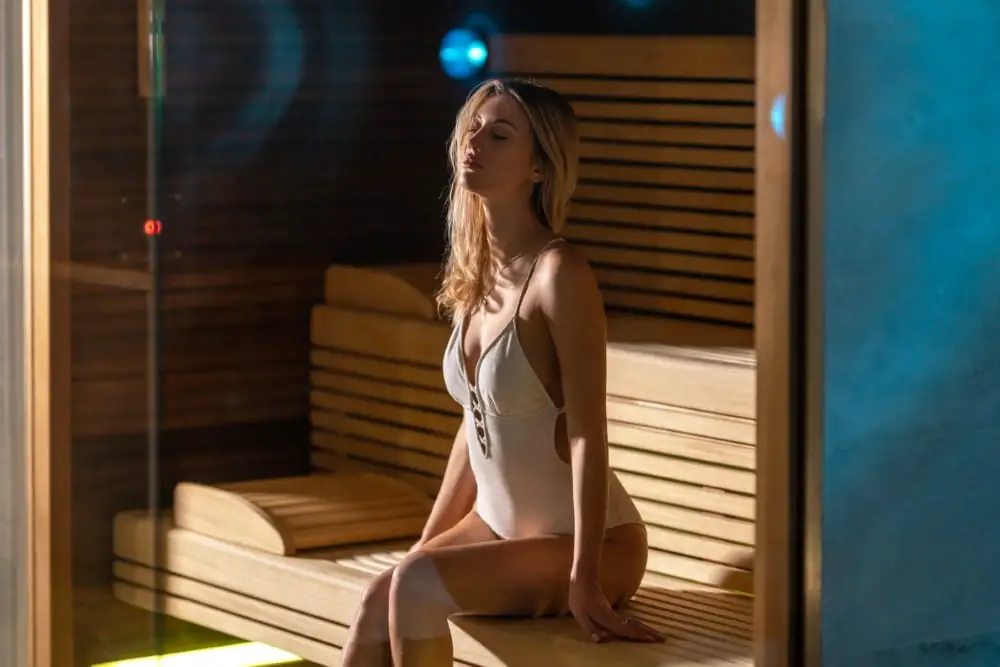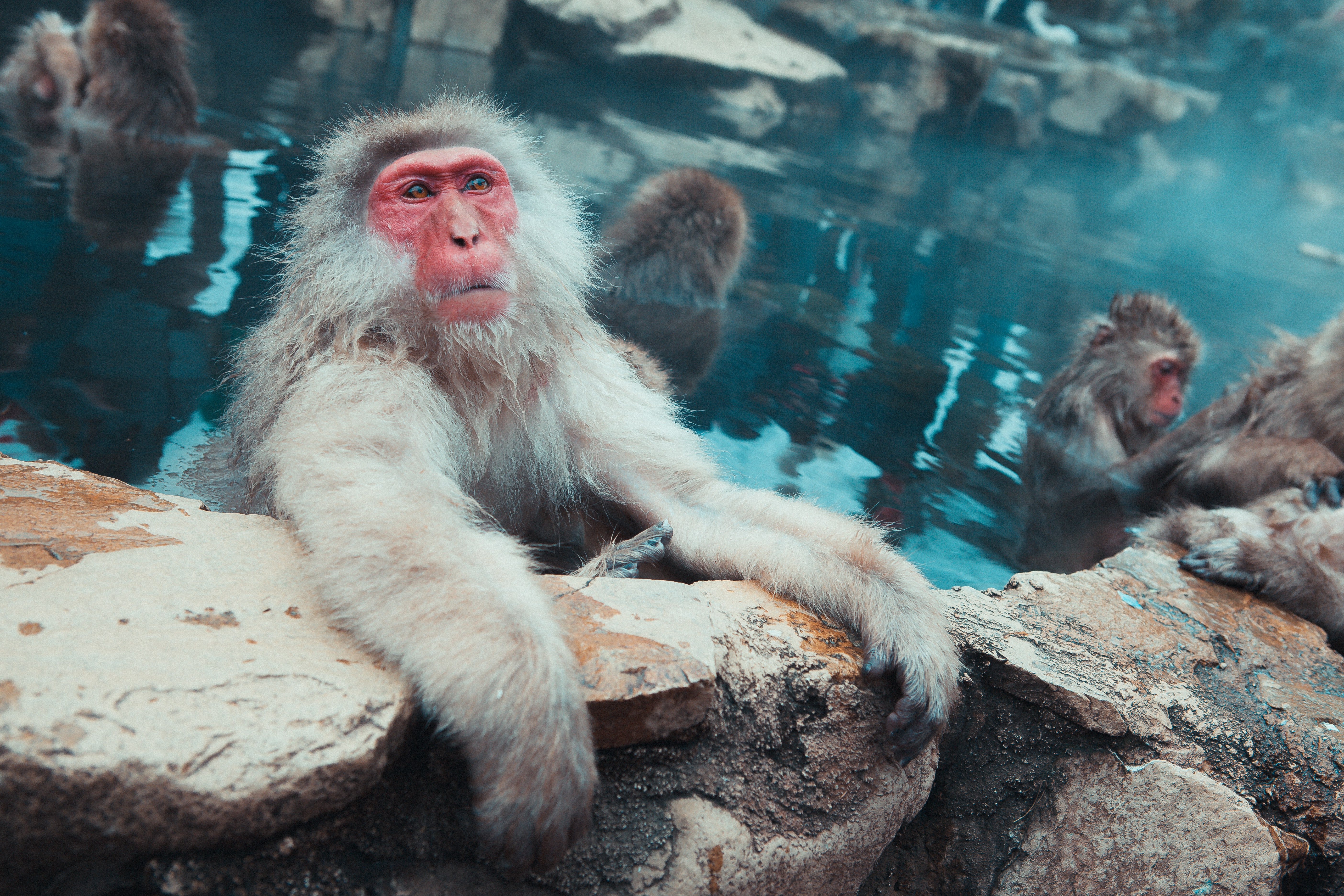
The Japanese thermal tradition is millenary and is fully implanted in the daily culture, attracting locals and visitors. The bathing culture is deeply rooted in the lives of Japanese men and women: bathing is a way of cleansing both body and spirit, as well as has a social component on many occasions.
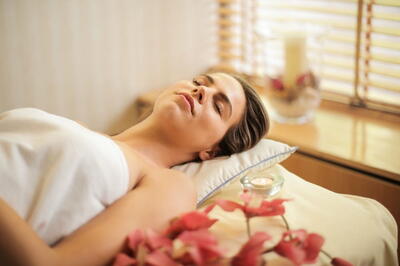
Are you looking for a spa or health spa to relax in?
CONSULT OUR SEARCH ENGINE TO FIND THE ESTABLISHMENT THAT FITS YOU BEST!
Types of hot springs
Onsen
This type of hot springs refers to the presence of thermal waters of volcanic origin and rich in minerals, which give them beneficial properties for the human body. In fact, to be considered onsen the hot spring water must be at least 25ºC -although it is usually at a higher temperature- and contain some of the chemical elements on a list defined by the Japanese government.
The Japanese country is characterized by its volcanic orography and its millenary tradition takes advantage of the natural heat of the waters, resulting in the existence of more than 25,000 hot springs and about 3,000 onsen. In addition to the healing and relaxing properties of the waters, the onsen has a strong>strong cultural significance.
As a bathing typology, the onsendo did not have unique characteristics (beyond their relation to hot springs): they can be outdoors or indoors, allow mixed baths or separate men and women, the construction materials are diverse as well, etc. Some traditional accommodations in Japan, which go by the name of ryokan, offer onsen services. In fact, these accommodations with baths are the most similar to our Western spa hotels.
What to know about a onsen
The first thing you need to know is that in Japanese onsen bathing is done completely naked. Of course, they usually have changing rooms and lockers -for this and other services, it's not a bad idea to carry a few coins with you-. In addition, a small towel is used to cover "certain parts" in the moments you are out of the water (some onsen will provide you with this "towel of shame", but in public baths, you will usually have to bring your own or rent one).
You should always wash before entering an onsen, for which the changing rooms are equipped with showers, hoses or buckets. It is very common to find in the washing areas a stool where you can sit and soap up, rather than Western-style showers.
Once in the bathing area, the towel should not be introduced into the water, as it is a very rude gesture. Neither should the hair touch the water. Of course, inside the water it is important to maintain an atmosphere of relaxation, move slowly, and do not splash.
When in doubt, imitating the locals is always a good idea. You know: where you go...
The most usual is that the men's and women's bathing areas are separated, although there are mixed bathrooms. In the event that the areas are separated, it is most common for young children to go with their mothers, in the event that the onsen is enabled for families. Of course, there is always the option of private onsen. Until the Meiji Restoration (late 19th - early 20th century) baths were mixed or konyoku, since then separate baths by sexes began to predominate.
As a curiosity, to say that many onsen prohibit bathing to visitors who present large tattoos. By tradition, large tattoos are associated with the yakuza (Japanese organized crime), so they are not well seen in many establishments. In short, better ask before you go if you have a few tattoos, you're not going to stay with the desire ...
As in all thermal bath establishments, don't forget to hydrate yourself! (with water, ideally). Remember that the water is usually very hot in the onsen -between 38ºC and 45ºC-, so take it easy when you enter.
Watch out! In the less sophisticated rural onsen they usually feature a cold water faucet that points directly to the hot spring bath. Thermal water sometimes exceeds 40ºC and direct use can cause burns, so cold water is used to temper the waters.

Are you looking for a spa or health spa to relax in?
CONSULT OUR SEARCH ENGINE TO FIND THE ESTABLISHMENT THAT FITS YOU BEST!
.jpg)
Rotenburo
The rotenburo are nothing more than outdoor onsen, outdoors instead of closed. They usually have the characteristic of being located in places of great natural beauty.
Kazokufuro or family bath
It is not unusual for a ryokan -or traditional Japanese accommodation- to have hot spring baths and, within them, the option to rent an area for families or couples, which is known as kazokufuro.
Ashiyu or Ashinoyu
These are traditional foot baths or footbaths. It is very common to have ashiyu in onsen villages, traditionally built by the municipalities themselves in central locations and fed by the same hot spring water of the area. The objective: to advertise the waters and provide a restful service to visitors. They are always free, easy to use (you only have to take off your shoes) and you can enjoy them sitting down. Little tip: better take a towelette with you to dry your feet when you finish.
Sentō
Also, in urban areas, there are urban spas or neighborhood bathhouses. They are called sentō and are not usually fed by thermal water, but by tap water, heated (which does not eliminate the aesthetic and relaxation component, but the benefits of minerals).
Half-height curtains -or noren- that mark the entrance are very characteristic. In addition to having a low cost, these establishments also have other services related to hygiene.
These public baths have their origin in the 17th century and are places for the socialization of the communities, in addition to their own hygienic component of bathing. They usually have gender-segregated bathing areas -although there are also unisex and family-oriented ones-, and changing rooms with lockers. Towels are usually rented or must be brought by visitors, and bath products are available for purchase.
The origin of the sentō dates back to the Kamakura period and is directly related to the temples. It would be in the Meiji era (already mentioned above) when the sentō take their more modern format. They became popular, especially after World War II. Today, in an affluent country like Japan, the tradition of the sentō is fading, as more and more people are able to access an ofuro private or in their immediate community.
There are also other, more modern establishments, called Supa sentō, which have more bathtubs at different temperatures, pools, saunas, etc.
Ofuro
These are the baths of private homes in Japan. That is the equivalent of our Western showers and bathtubs.
What is the difference? Basically, the way they are used and their structure. In the latter sense, the ofuro is separate from the sink and toilet. The ofuro area has a shower area and the ofuro or bathtub itself. The shower is for washing before entering the bathtub, which must be filled with hot water. The objective when entering the bathtub is not to wash (that's what the shower is for), but to relax.
The ofuro bathtub is deeper than Western bathtubs and its shape is designed so that you can sit with your knees bent, allowing the water to cover you. Many times they have a cover, to keep the water warm. Another option is to have a thermostat that fulfills the same function, by keeping an electrical system active so that the water has an adequate temperature.
Another difference with the West is that the ofuro is communal for the family. In fact, family members often use the bathtub without changing the water, so it is essential to keep it clean. Traditionally, the order for bathing was from oldest to youngest and from male to female, although nowadays it is not usual to follow this rule.
.jpg)

Are you looking for a spa or health spa to relax in?
CONSULT OUR SEARCH ENGINE TO FIND THE ESTABLISHMENT THAT FITS YOU BEST!
Some useful words
- Akasuri: deep exfoliation.
- Geta: wooden sandals.
- Jidohanbaiki: vending machines, common in the onsen or in the sento where to purchase various products: towels, hair rubbers, etc.
- Kashikiri: these are private baths reserved for couples or families.
- Konyoku: mixed onsen baths.
- Mizuburo: cold-water bathing.
- Ofuro: private bathtub.
- Ryokan: traditional accommodations, usually located in rural areas.
- Ofuro: private bathtub.
- Yudedako: literally, it means "boiled octopus" and refers to a state of relaxation and bliss derived from hot bathing.
- Yukata: light cotton kimono-type bathrobe.
Some famous onsen
Located about 100 kilometers from Tokyo, on the Izu peninsula, the name of this town means "hot sea". The hot spring was discovered more than 1500 years ago. There are several hot springs in the area: Izu-Yama-onsen, Izu-Yagawara-onsen, Ajiro-onsen, and Oyu Geyser. Atami hot springs are especially indicated for problems arising from diabetes and obesity, vascular diseases, respiratory problems, and muscle aches, etc.
A 450-meter diameter crater generated by a volcanic explosion is the origin of these famous natural hot springs in Hokkaido, from which waters of various characteristics, notably sulfuric and acidic waters, gush forth. In fact, the place is famous among other things for its 11 different types of baths available to visitors. It is located south of Sapporo, the main city of the island of Hokkaido.
Also in the area is the famous Jigokudani or Valley of hell. It is so named because it is believed to be inhabited by demons: it is traditionally believed that the odors given off by the volcanic gases that exist in this valley (and heat the waters) is only bearable by demons.
Next to Mount Nyūtō and Lake Tazawa, nestled in a beech forest, is the village of the onsen and its springs from which gush waters with a strong presence of hydrogen sulfide. Several hot springs are located in this area of the prefecture of Akita, at about 1470 meters above sea level. Thus, seven inns and their hot springs are scattered along the banks of the Sendachi River. To these is added an eighth inn located at a higher altitude. Each of these lodges has hot springs from a specific source.
In Fukushima (area famous today for nuclear contamination) there are historic hot springs where sulfuric waters gush at more than 3,000 liters per minute and with great properties for the skin. They are waters that gush with a milk-white tone and at more than 50ºC.
Located in the Gunma area, is the spa town of Kusatsu Onsen, near the city of Nagano and about 1,200 meters above sea level. It stands out among the sources of the area Yubatake, where there are more than 18 creeks. Its waters are among the best in Japan.
Also in Nagano, in the north of the prefecture, is Nozawa Onsen. In addition to being a historic hot spring area, it is also one of Japan's oldest ski resorts. It is home to more than 30 sulfur hot springs and some 13 open-air baths, which are free to use (although a donation is recommended to contribute to the maintenance, which is done communally by the village itself).
Located in Tochigi, the origin of this hot spring dates back some 1200 years, specifically to the Heian period, making it one of the oldest in all of Japan. Its sulfuric waters are a real gem and the possibility of enjoying them in establishments of traditional architecture is a unique experience.
_0.jpg)
Inserted in a landscape dominated by the great peaks of the Northern Alps, the open-air water pools are the protagonists of this bathing area. In fact, it is the area with the largest number of outdoor pools in the country. Five are the spas of this set are located in the city of Takayama, Gifu Prefecture: Hirayu, Fukuji, Shinhirayu, Tochio and Shinhotaka.
Between the central mountains of Kii Island, specifically in the southern part of Nara Prefecture, the various onsen of Totsukawa Onsenkyo are fed from a hot spring, where alkaline and bicarbonated waters predominate. The spring was discovered in the Genroku era (late 17th - early 18th century) by a charcoal burner.
The nearly 3,000 hot springs make the area one of Japan's most prominent hot springs. Located in Oita, many consider it the onsen capital of the country. This area has eight natural hot spring areas and lies between the mountains and the sea. Beppu even has baths too hot to allow bathing, known as "hell" (jigoku in Japanese).
Located in Oita Prefecture, the highly concentrated carbonated hot springs are the foundation of the area's long tradition of hot springs. In fact, they are the most carbonated waters in Japan and also boast the presence of sodium and magnesium.
The Tanoharu River flows through this valley, next to Mount Kujū, where around 30 hot spring accommodations are located, creating an atmosphere that takes the visitor back to ancient Japan.
It is a hot spring area with a lot of history, located on the coast of the Sea of Japan. In fact, it is a spa town with 7 onsen public or sotoyu. Visitors and locals alike can stroll around the area dressed in their traditional bathrobes, giving shape to one of the most typical images of Kinosaki Onsen.
In Yunonime is a cluster of typical inns, inserted in the heart of the sacred mountains of Kumano. The spring that feeds the area was discovered 1,800 years ago. Yunomine Onsen is part of the Kumano pilgrimage tradition, in which pilgrims perform purification rituals in its hot springs after their journey for the Hongu Taisha cult. Specifically, the Tsuboyu bath on this Kumano Road is a World Heritage Site. It is a small-sized hut by the stream of Yunomine Onsen.

Are you looking for a spa or health spa to relax in?
CONSULT OUR SEARCH ENGINE TO FIND THE ESTABLISHMENT THAT FITS YOU BEST!

